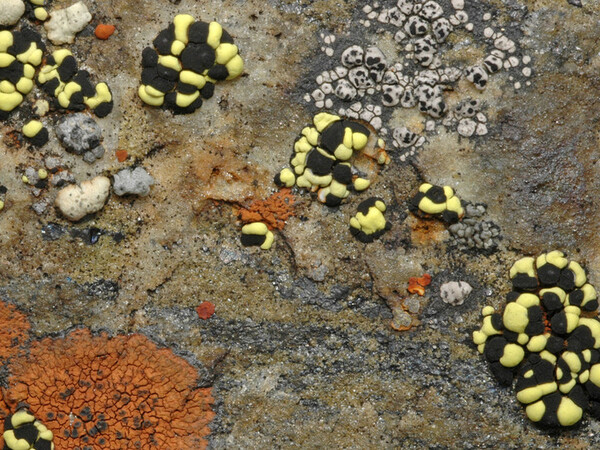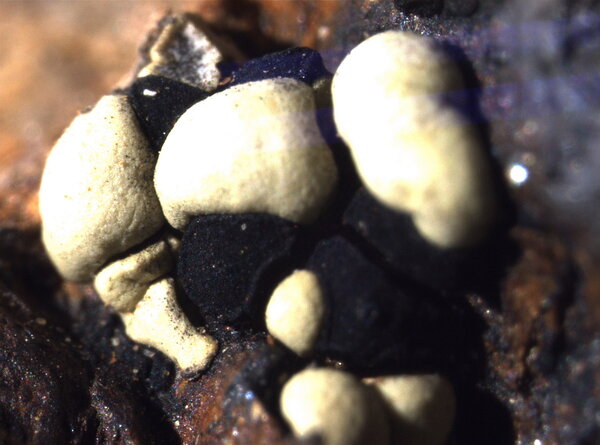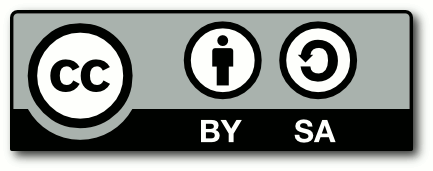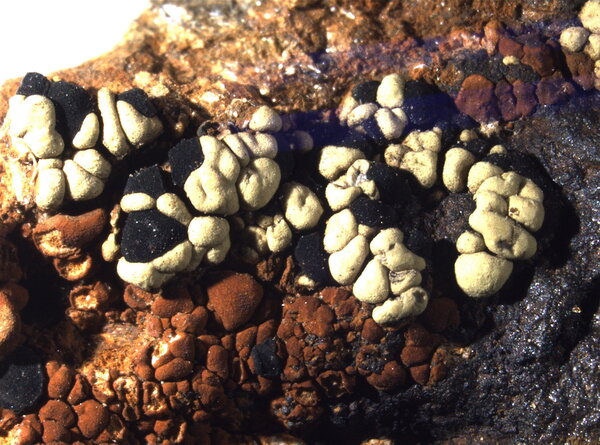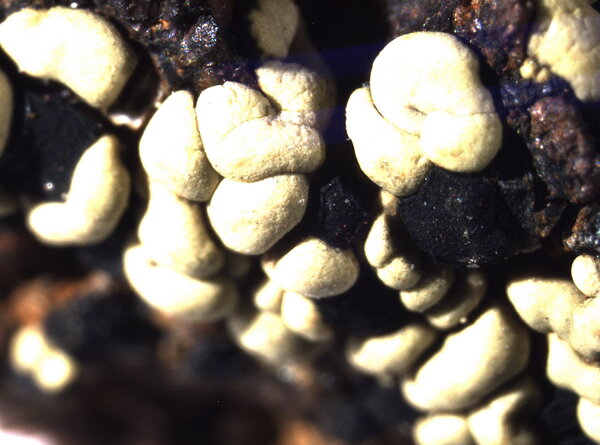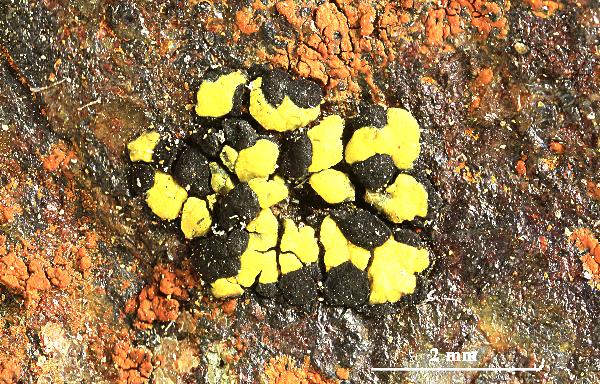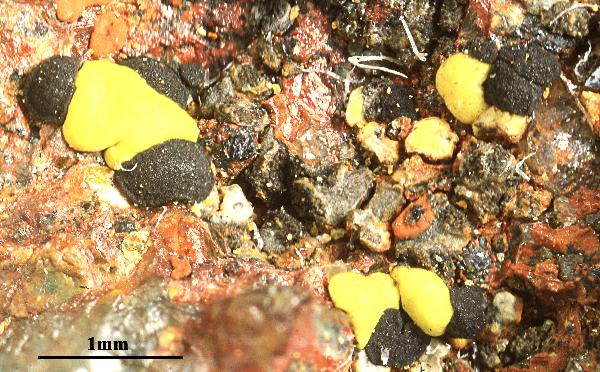Rhizocarpon norvegicum Räsänen
Feddes Repert., 52, 2: 141, 1943.
Synonyms:
Distribution: N - Frl (Tretiach & Hafellner 2000), TAA (Nascimbene & al. 2021, 2022), Lomb (Ravera & al. 2023).
Description: Thallus crustose, episubstratic, areolate, yellow-green, rarely delimited by a black prothallus, forming 0.2-0.5 cm wide patches consisting of 2-10 areoles and 2-5 apothecia, the areoles dispersed or contiguous, 0.3-0.7 mm wide, more or less angular, usually strongly convex, smooth, dull or glossy. Cortex poorly differentiated, 30-50 µm thick; medulla white, I+ blue. Apothecia lecideine, black, 0.3-0.7 mm across, rounded-angular to round, with a slightly to strongly convex disc and a thin, soon excluded proper margin. Proper exciple reddish brown in outer part, paler within, K+ purple-red; epithecium brown, K- or K+ purple-red; hymenium colourless, 60-90 µm high; paraphysoids coherent, branched and anastomosing, the apical cells capitate; hypothecium brown, 100-200 µm high, K-. Asci 8-spored, clavate, fissitunicate, with a well-developed tholus that is K/I- in lower part and K/I+ blue near the apex, lacking an ocular chamber, Rhizocarpon-type. Ascospores 1-septate, dark brown, ellipsoid, 9-15 x 6-7 µm, halonate at least when young. Photobiont chlorococcoid. Spot tests: medulla K-, C-, KC-, P-, or P+ yellow. Chemistry: cortex with rhizocarpic acid, medulla with or without psoromic acid.Note: a pioneer species of schistaceous, slightly calciferous or basic eruptive rocks in upland areas, which often starts the life-cycle on members of Acarosporaceae (Timdal in litt.).
Growth form: Crustose
Substrata: rocks
Photobiont: green algae other than Trentepohlia
Reproductive strategy: mainly sexual
paras Acarosporaceae
Pioneer species
Commonnes-rarity: (info)
Alpine belt: very rare
Subalpine belt: extremely rare
Oromediterranean belt: absent
Montane belt: very rare
Submediterranean belt: absent
Padanian area: absent
Humid submediterranean belt: absent
Humid mediterranean belt: absent
Dry mediterranean belt: absent

Predictive model
Herbarium samples
Growth form: Crustose
Substrata: rocks
Photobiont: green algae other than Trentepohlia
Reproductive strategy: mainly sexual
paras Acarosporaceae
Pioneer species
Commonnes-rarity: (info)
Alpine belt: very rare
Subalpine belt: extremely rare
Oromediterranean belt: absent
Montane belt: very rare
Submediterranean belt: absent
Padanian area: absent
Humid submediterranean belt: absent
Humid mediterranean belt: absent
Dry mediterranean belt: absent

Predictive model
| Herbarium samples |
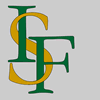 INDEX FUNGORUM
INDEX FUNGORUM
 GBIF
GBIF
 DOLICHENS
DOLICHENS
